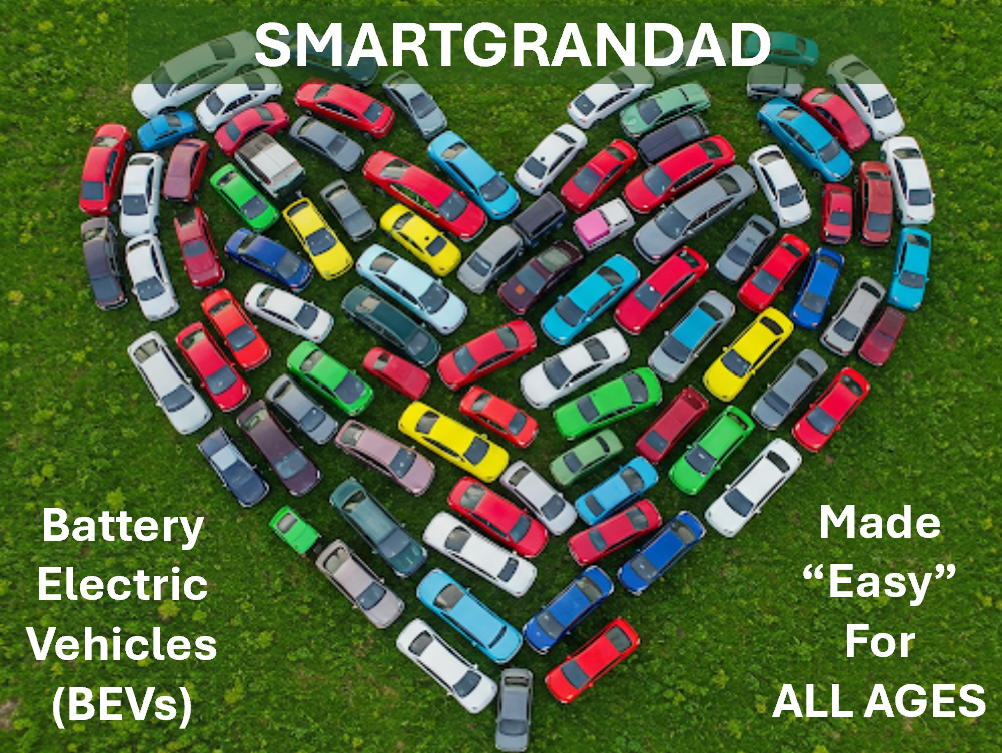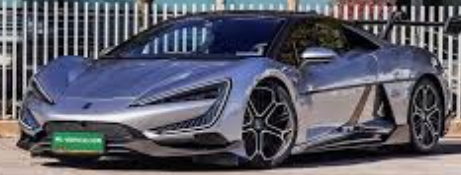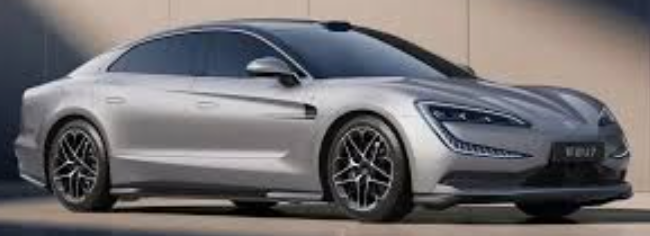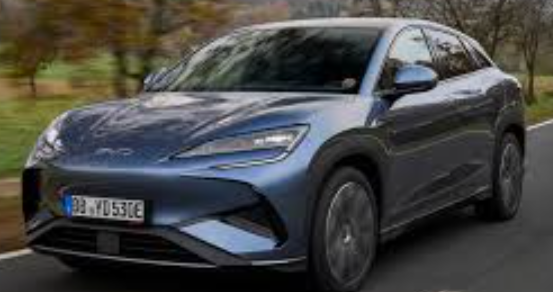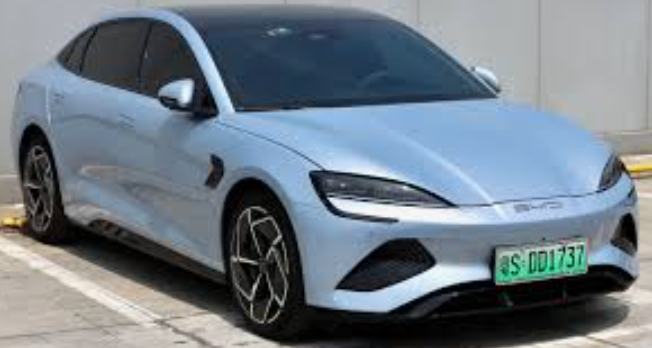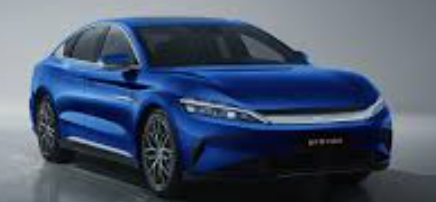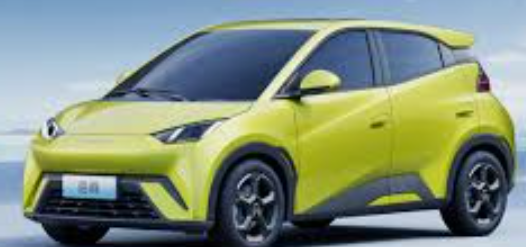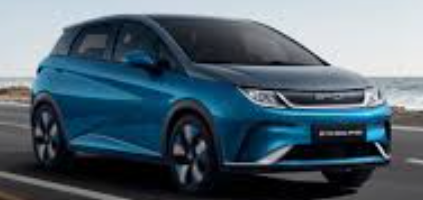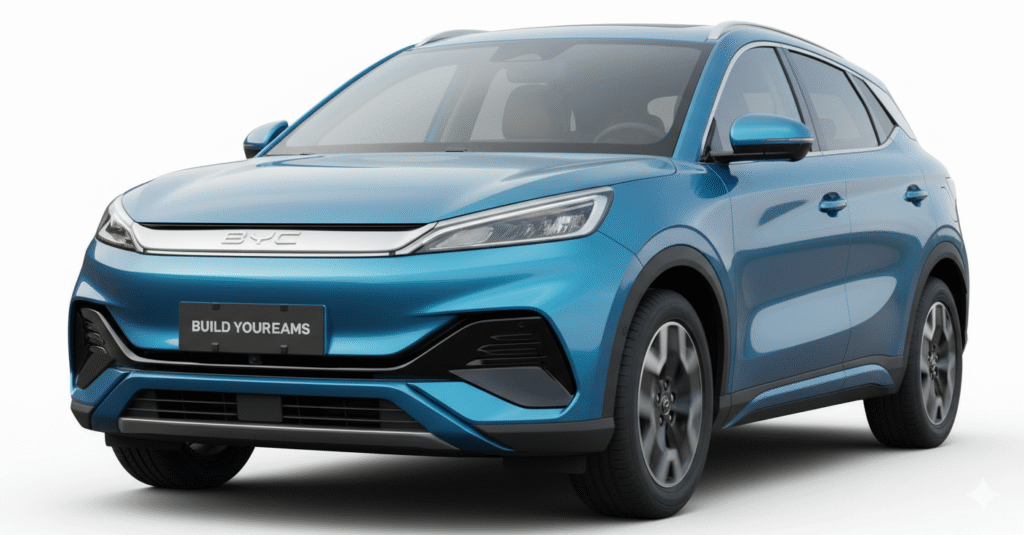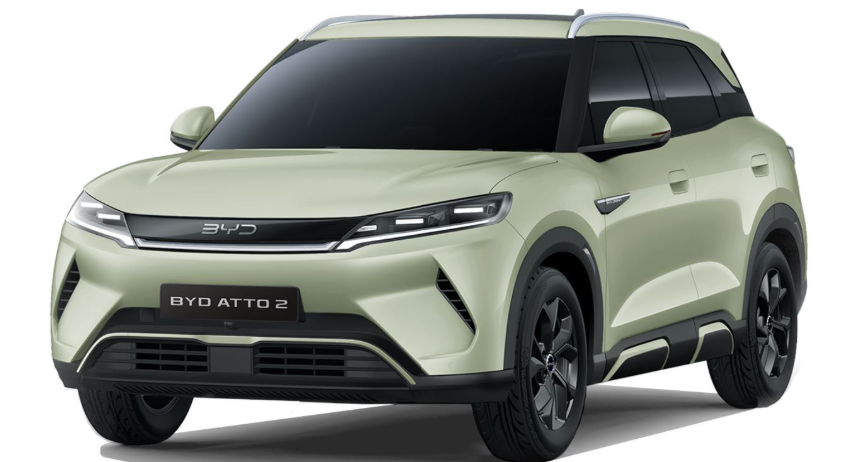BYD Tang
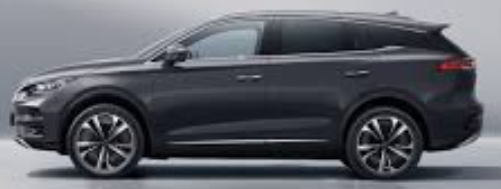
1. Body Style and Size Segment
The 2025 BYD Tang is a mid-size to large crossover SUV (E-segment). The Tang L variant boasts dimensions of approximately 5,040 mm (198.4 inches) length, 1,996 mm (78.6 inches) width, and 1,760 mm (69.3 inches) height, with a wheelbase of 2,950 mm (116.1 inches), positioning it as a spacious 7-seater.
2. Platform Architecture, Range & Efficiency
The Tang utilizes BYD’s e-Platform, with newer iterations featuring the “Super e-Platform” that supports a full-domain 1000V high-voltage architecture. It employs BYD’s Blade LFP battery technology. While specific 2025 range figures vary by market and variant, some models offer a WLTP range of up to 530 km. Advanced charging capabilities include a 1000V system with megawatt flash charging, aiming for 400 km range in 5 minutes.
3. Technical Capabilities
The 2025 Tang is equipped with a comprehensive suite of Advanced Driver Assistance Systems (ADAS), including adaptive cruise control, lane-keeping assist, automatic emergency braking, and a 360-degree camera system. It also features a robust airbag system and stability/traction control.
4. Quality of the Interior, Storage Capacity
The interior offers a luxurious experience with premium materials like leather upholstery. It features a 15.6-inch rotatable touchscreen infotainment system. As a 7-seater, it offers significant versatility. Cargo capacity is approximately 235 liters with all seats up, expanding to 1,655 liters (or 1,960 liters in the Tang L) when the second and third rows are folded. A front trunk (frunk) is also available in the BEV model.
5. App Functionality
The BYD AUTO app provides remote control features such as checking vehicle range, power level, tire pressure, and door/window status. Users can also remotely turn on AC, seat ventilation/heating, lock/unlock the vehicle, and locate it by flashing lights or honking.
6. 3 Pros and 3 Cons
Pros:
- Spacious 7-seater interior with quality materials.
- Impressive electric range and fast charging capabilities.
- Comprehensive suite of advanced safety features.
Cons:
- Initial cost might be a barrier for some buyers.
- Charging infrastructure can be limited in certain regions.
- Some older Tang models might have slower charging compared to newer competitors.
7. Overall Summary
The 2025 BYD Tang presents a strong contender in the electric SUV segment, prioritizing space, luxury, and advanced technology. Compared to competitors like the Tesla Model Y, Ford Mustang Mach-E, or Hyundai Ioniq 5, the Tang differentiates itself with its 7-seater configuration and the aggressive implementation of 1000V fast charging technology, potentially offering a more compelling value proposition for larger families or those seeking rapid charging capabilities.
Real world range estimates
The table below shows some estimated real-world examples in perfect condition and in conditions needing A/C to heat or cool vehicles. See our range guide to see how the range is affected in real world. )
| Range | Consumption | |
|---|---|---|
| 90kmh/56mph perfect condition | 495 km / 308 mi | 21.6 kWh/100km / 2.9 mi/kWh |
| 90kmh/56mph with 2KW heating | 460 km / 279 mi | 23.8 kWh/100km / 2.6 mi/kWh |
| 70mph/112kmh perfect condition | 357 km / 222 mi | 30 kWh/100km / 2.1 mi/kWh |
| 70mph/112kmh with 2KW heating | 337 km / 209mi | 31.8 kWh/100km / 2.0 mi/kWh |
| 120kmh/75mph perfect condition | 338 km / 210 mi | 31.7 kWh/100km / 2.0 mi/kWh |
| 120kmh/75mph with 2KW heating | 321 km / 199 mi | 33.4 kWh/100km / 1.9 mi/kWh |
